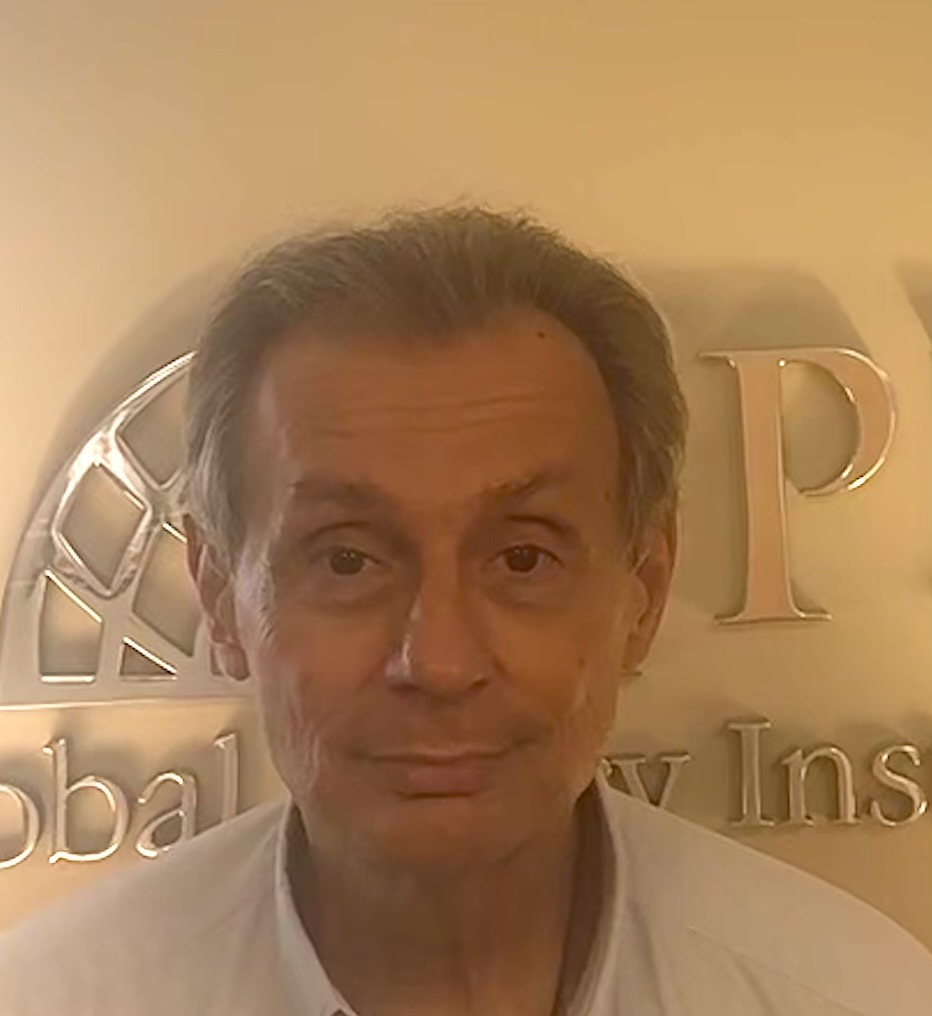President, Global Policy Institute; Professor of Political Science and International Relations at Bay Atlantic University, both in Washington, DC
Washington, DC – January 23, 2025 – In 2021–2023, 40.3% of adults in the U.S. had obesity. The primary causes are bad diet and lack of exercise. Too many ultra processed foods, and a sedentary lifestyle. One of the main consequences of obesity is type 2 diabetes.
It costs almost $ 20,000 a year to treat a type 2 diabetes patient in America. In 2022 the total estimated cost of diagnosed type 2 diabetes in the U.S. was $412.9 billion, including $306.6 billion in direct medical costs and $106.3 billion in indirect costs attributable to diabetes. These expenditures and others (also related to treating chronic conditions) help explain the massive health care spending in the U.S. that has now reached almost 18% of GDP, much more than the 10% average among developed countries.
Sugary beverages are part of the problem
In most cases type 2 diabetes is about bad diet and lack of exercise. Already years ago, a study by the Atlanta based Centers for Disease Control, (CDC), documented that overconsumption of sugary sodas is a big component of this bad diet. On average, a can of soda contains the equivalent of 10 to 12 teaspoons of sugar. Too much sugar ingested regularly is essentially like absorbing daily a low level poison.
Needless to say, the American Beverage Association, the soda industry main lobbying group, says that these CDC findings are untrue or at least grossly exaggerated. But what else would you expect from Coca-Cola, Pepsi-Cola and all the other groups that make huge profits by inducing bad dietary habits? Let us not forget that for decades American tobacco companies tried to make the case that cigarette smoking was essentially harmless.
It appears that some US hospitals are trying to lead by example, by stopping to have on their premises vending machines that sell sodas, offering instead non sugary products. It is about time.
Rediscover prevention
But these are small, timid steps. What is missing is an innovative way to look at public health. And the odd thing is that this needed conceptual innovation is readily available, In fact, it is quite old. Back in 1736 Benjamin Franklin stated that “An ounce of prevention is worth a pound of cure.” While this commonsense advice was given about fire prevention measures, it is certainly applicable to health care. However, this sound advice has not been followed. No prevention. Lacking anything else, the pharmaceutical industry recently launched anti-obesity pills. These therapies may help some overweight Americans, while increasing the profits of the pharma industry.
However, the real solution is not expensive cure but good prevention. Indeed, a multi-year, well-crafted, far reaching public education campaign aimed at driving home to millions of Americans that the root of their poor health is in bad habits that can and must be changed.
Change diet, start exercising
Type 2 diabetes is reversible. Change –forever— your diet while adopting a regular exercise program, and you will lose your excess weight, and your diabetes with it. Of course, it takes discipline and determination to adopt good diet and exercise as a new and permanent lifestyle. Given the millions of people who must be reached, this is a very tall order for any public awareness campaign. However, crafting the message is not complicated. And changing old habits, while objectively difficult, is not painful.
We are not talking about asking people to undergo potentially painful or dangerous therapies and frequent visits to doctors. We are talking about educating people on how they can modify their personal habits, with tremendous gains in terms of health, energy, and well-being. Not to mention the tens of billions of dollars saved by the nation, since the costly treatments prescribed to millions of Americans will no longer be necessary.
Why no action?
That said, here is the question. If the remedy to the obesity and type 2 diabetes crisis is known and straightforward, why don’t we see any public education campaign underway? After all, America is the cradle of the advertising and communication industries.
And here is the answer. The ugly truth is that the American health care industry, (doctors, hospitals, and clinics), thrives on treating armies of chronically ill patients. This is where the real money is. There is absolutely no financial gain for physicians in any effort aimed at educating patients so that they will adopt a healthy lifestyle. U.S. health care providers make no money at all unless they can treat sick people. Therefore, chronically ill Americans who need constant care and medications are like an inexhaustible gold mine. A constant source of revenue.
The American health care system is essentially a gigantic Emergency Room. Care is provided to those who come in. By definition they are the sick. The system is not geared to teach prevention, because there is no money to be made by helping people to stay healthy.
Legal Disclaimer:
PressLink distributes this news content on an “as-is” basis, without any express or implied warranties of any kind. PressLink expressly disclaims all responsibility or liability for the accuracy, content, images, videos, licenses, completeness, legality, or reliability of the information presented in this article. Any complaints, copyright issues, or concerns regarding this article should be directed to the author.
Note:
This content is not authored by, nor does it reflect the endorsement of, PressLink, its advertisers, or any affiliated entities. For inquiries or corrections related to press releases, please contact PressLink directly.
The post Type 2 diabetes in the U.S.: very costly, preventable, and reversible first appeared on Presslink Media.


